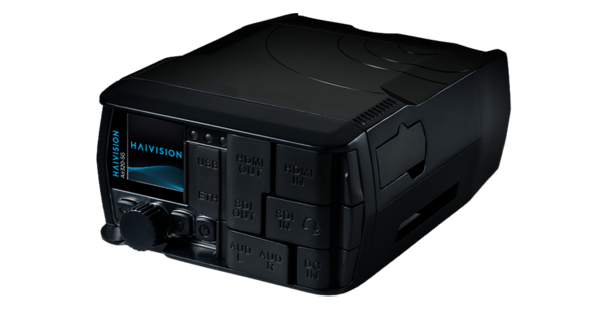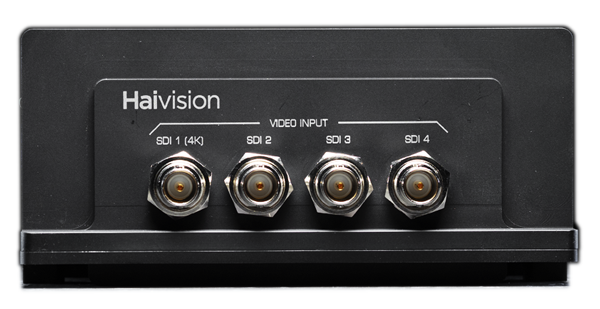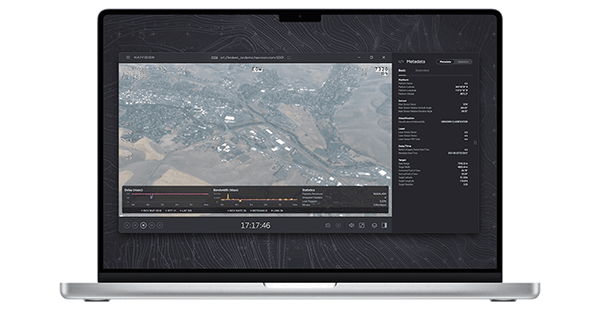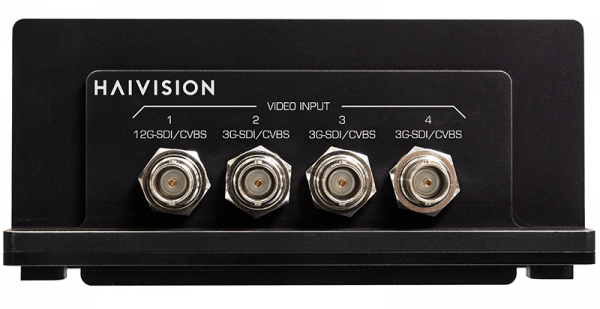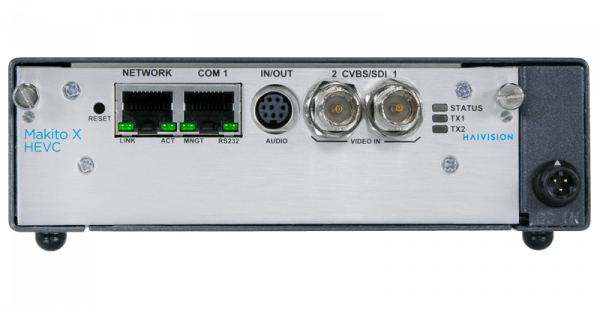Global communications giant, Viasat recently announced the launch of its Viasat Dynamic Video Encoding (DVE) capability, a new satellite communications technology enhancement that optimizes sensor data for aircraft during Intelligence, Surveillance, and Reconnaissance (ISR) missions using Haivision Makito video encoders. In this post, we’re explaining why this new capability was developed and what problems it addresses for Haivision and Viasat customers.
Connectivity Challenges for ISR
For aircraft connected to satellites, depending on their location within the satellite footprint, available data rates can fluctuate significantly. For mission-critical workflows this variability in the signal can be a problem. If an ISR platform is transmitting data at a higher rate than connectivity allows for, then video quality will degrade, or even worse, the connection between the aircraft and satellite could be completely dropped.
Until now, the solution to this issue has either been to pre-plan and configure to the lowest data rate available during a route which often means not maximizing the full satellite performance being paid for. Alternatively, someone on board must manually adjust video encoder bitrates during the mission which is not the most effective use of valuable resources mid-flight. Recognizing this limitation and driven by growing customer demand for a system that could automatically adjust and optimize data rates, while reducing the chance of a degraded or lost connection, Viasat developed DVE to work with Viasat modems and all Haivision Makito and Makito X video encoders.
Viasat Dynamic Video Encoding (DVE)
According to Viasat ISR program manager Vincent Cerimele: “Essentially DVE is a liaison between our satellite modem and the video encoder platform. It can read what satellite data rate the modem is receiving and reconfigure the video encoder to adjust its bit rate to maximize the capacity of the satellite connection.”
The Viasat DVE application works with the modem to tell the video encoder what the best settings are at any given time. If throughput decreases, DVE will adjust the bit rate of the video encoder accordingly to ensure communication is maintained and video is not lost, and, if throughput increases, the encoder will increase the bit rate to enhance video quality. The powerful combination of Viasat DVE and Haivision enables aircraft to maximize video quality while delivering the continuous video streaming required for enhanced command and control and situational awareness. Vincent explains: “The reason we use Haivision Makito video encoders in our development is because of their popularity with our customers. This makes Haivision an excellent fit for the DVE application.”
Jithin Raghunath, ISR Program Development at Haivision notes that “Haivision is committed to providing the best quality video possible to its clients. Many of our airborne Makito customers use Viasat for their satellite backhaul and this new offering is going to simplify the way our mutual customers support future missions while maximizing in-flight video quality.”



